Stock channel is still attractive
VN-Index is experiencing a period of strong growth and continuously creating new peaks. The market index has surpassed the 1,600 point threshold, closing the trading session on August 19, VN-Index closed at 1,654.20 points, up 17.83 points compared to the previous session.
At this stage, the sustainability of the market is of interest to many investors. However, compared to the context of the markets, SSI Research affirms that this growth is vibrant, but has not yet reached the stage of overheating.
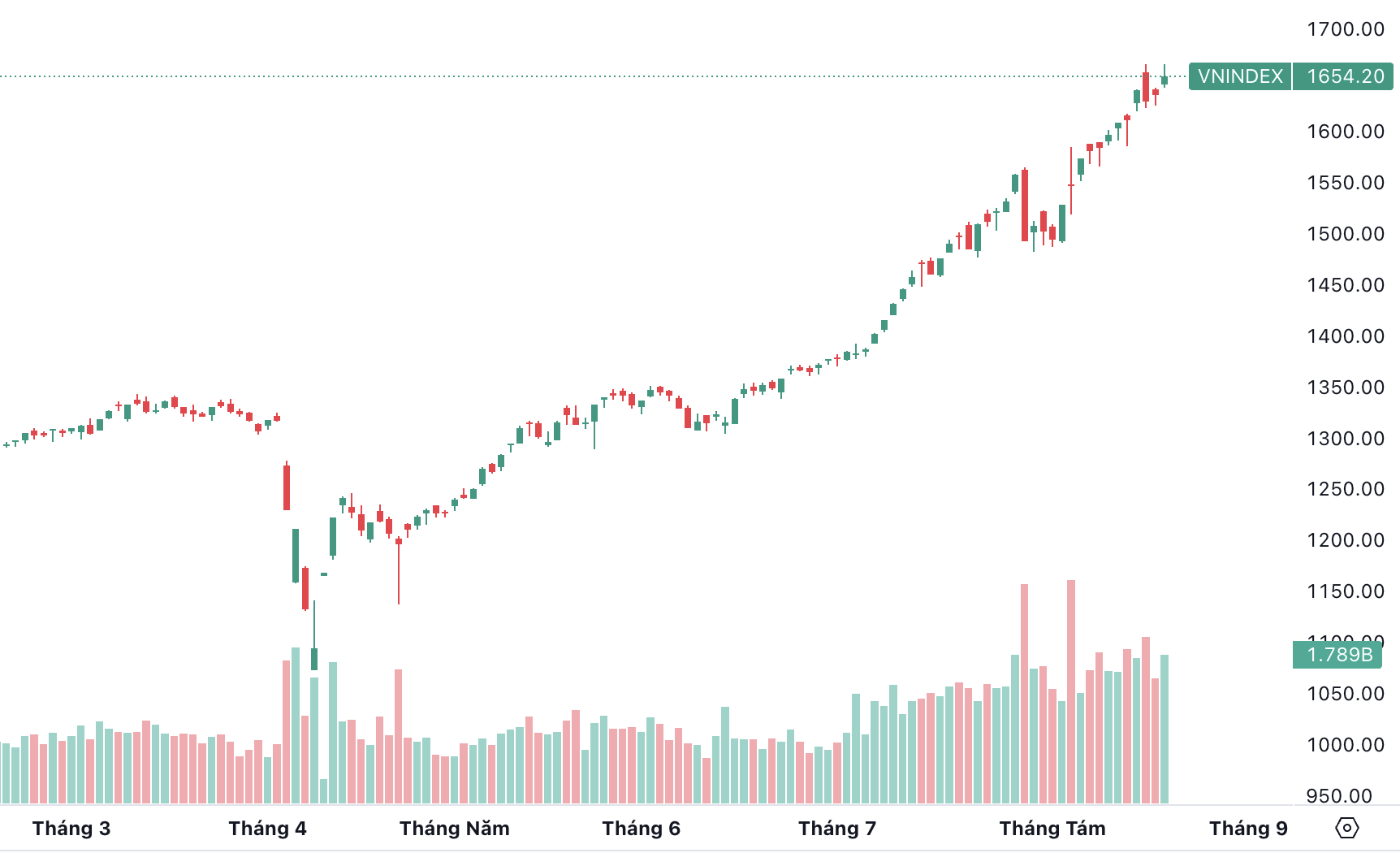 |
| Vn-Index performance |
SSI said that in 2025, most of the world's stock markets will enter a period of strong growth, many markets surpassing all-time highs. This happens not only in developed markets and emerging markets, but also in frontier markets, for example, Nigeria also has a growth rate of about 50% over the same period.
In terms of valuation, SSI said that Vietnam's PE ratio is still lower than the past and the region.
The forward PE ratio of the Vietnamese stock market is currently about 13.2 times (according to Bloomberg), equivalent to the regional average as well as the historical average of the VN-Index over the past 10 years.
Compared to stock markets in regional countries and the MSCI Emerging Index in emerging markets, Vietnam's stock market has lower or similar valuations, despite having higher profit growth prospects and ROE.
At the same time, Vietnam's forward PE ratio is also much lower than the high of 15-17 times achieved in the 2017-2018 and 2020-2021 periods.
In the long term, based on the assumption that market profits will increase by about 15% in 2026, the forward PE ratio for 2026 is about 11.4 times, lower than the historical average. In assessing the level of price reflection from the possibility of market upgrade, investors can compare with the developments in the Chinese stock market, after being upgraded to emerging market status by MSCI (June 2017) and FTSE Rusell (September 2018). In 2017, reflecting the upgrade information, the MSCI China index increased by 54.33% over the same period, FTSE China increased by 45.4% over the same period, higher than the current increase of VN-Index.
In terms of Income Yield, the stock market yield of 7.6% is still much higher than the deposit channel (common deposit interest rate is 5-6%) and real estate (rental yield/price is about 3-4%), making the stock channel still attractive compared to these investment channels.
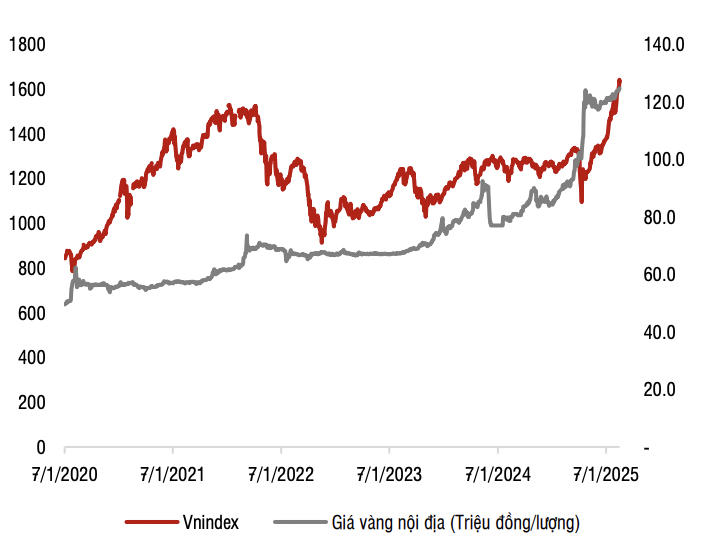 |
| Correlation between VN-Index and gold price. Source: SSI Research |
When compared to gold, gold prices have increased by an average of 17% per year over the past 5 years, higher than the average increase of 13% per year of VN-Index, showing that the stock market is not yet too hot when compared to the gold investment channel.
Not yet reflecting the full story of Vietnam's growth
SSI believes that the current increase in VN-Index simply reflects the general growth of the economy in the past.
In terms of scale, if we choose the period starting from 2010 (when Vietnam's economy was still facing many difficulties, and could be called at the bottom of growth), the increase in points of the Vietnamese stock market (about 3.4 times - from 485 points to 1630 points) is also equivalent to the growth rate of GDP (from 147 billion USD in 2010 to over 500 billion USD in 2025).
Thus, the current increase in points does not reflect Vietnam's upcoming growth stories, such as double-digit GDP growth in the next 5-10 years, or the results from comprehensive institutional and economic reforms, with a focus on developing the private economy as a key driver of economic growth.
“The stock market is a market of expectations, what is about to happen is more important than what has happened,” SSI Research commented.
There are typically two factors to watch for when a market is overheating: retail investor participation and margin lending.
In terms of investor participation, market liquidity is currently increasing due to many reasons, besides low interest rates, the successful implementation of the KRX system helps to reduce latency, increasing the ability to receive orders. The index fluctuates up and down during the sessions, there is no one-way movement, and transactions with large volumes so the risk is not too high.
Regarding outstanding margin loans, at the end of the second quarter of 2025, SSI assessed that outstanding margin loans continued to maintain an upward trend, however, the ratio of Margin Loans/Equity only reached 100%, still much lower than the level of 127% when VN-Index surpassed the 1,500 point mark in the fourth quarter of 2021 and the prescribed ceiling of 200%. At the same time, in the coming time, the plan of some securities companies to increase capital will also help reduce the ratio of total outstanding margin loans/total equity in the whole market.
Although the market's growth has not shown any signs of overheating, SSI Research also noted that the market may experience short-term fluctuations due to increased profit-taking pressure.
Source: https://baodautu.vn/vn-index-lien-tuc-thang-hoa-chung-khoan-lieu-con-o-muc-gia-hop-ly-d364527.html



![[Photo] Prime Minister Pham Minh Chinh chairs meeting of National Steering Committee on International Integration](https://vphoto.vietnam.vn/thumb/1200x675/vietnam/resource/IMAGE/2025/8/26/9d34a506f9fb42ac90a48179fc89abb3)


![[Photo] Brilliant red of the exhibition 95 years of the Party Flag lighting the way before the opening](https://vphoto.vietnam.vn/thumb/1200x675/vietnam/resource/IMAGE/2025/8/27/e19d957d17f649648ca14ce6cc4d8dd4)
![[Photo] Many people eagerly await the preliminary review despite heavy rain](https://vphoto.vietnam.vn/thumb/1200x675/vietnam/resource/IMAGE/2025/8/27/4dc782c65c1244b196890448bafa9b69)

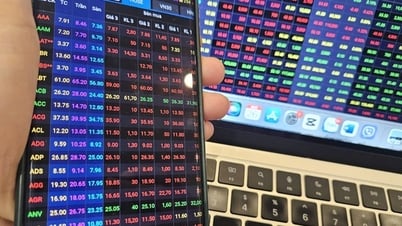

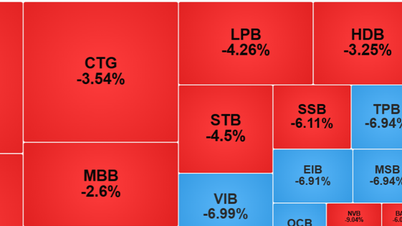






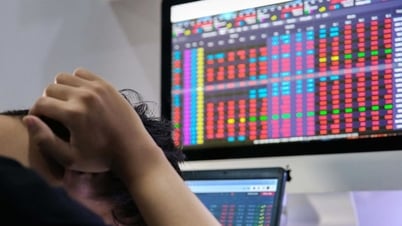













































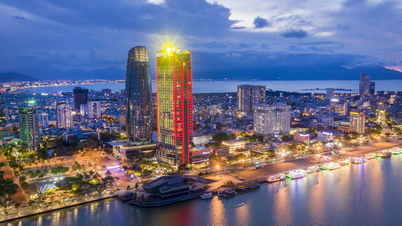


![[Photo] General Secretary To Lam attends Meeting with generations of National Assembly deputies](https://vphoto.vietnam.vn/thumb/402x226/vietnam/resource/IMAGE/2025/8/27/a79fc06e4aa744c9a4b7fa7dfef8a266)






























Comment (0)